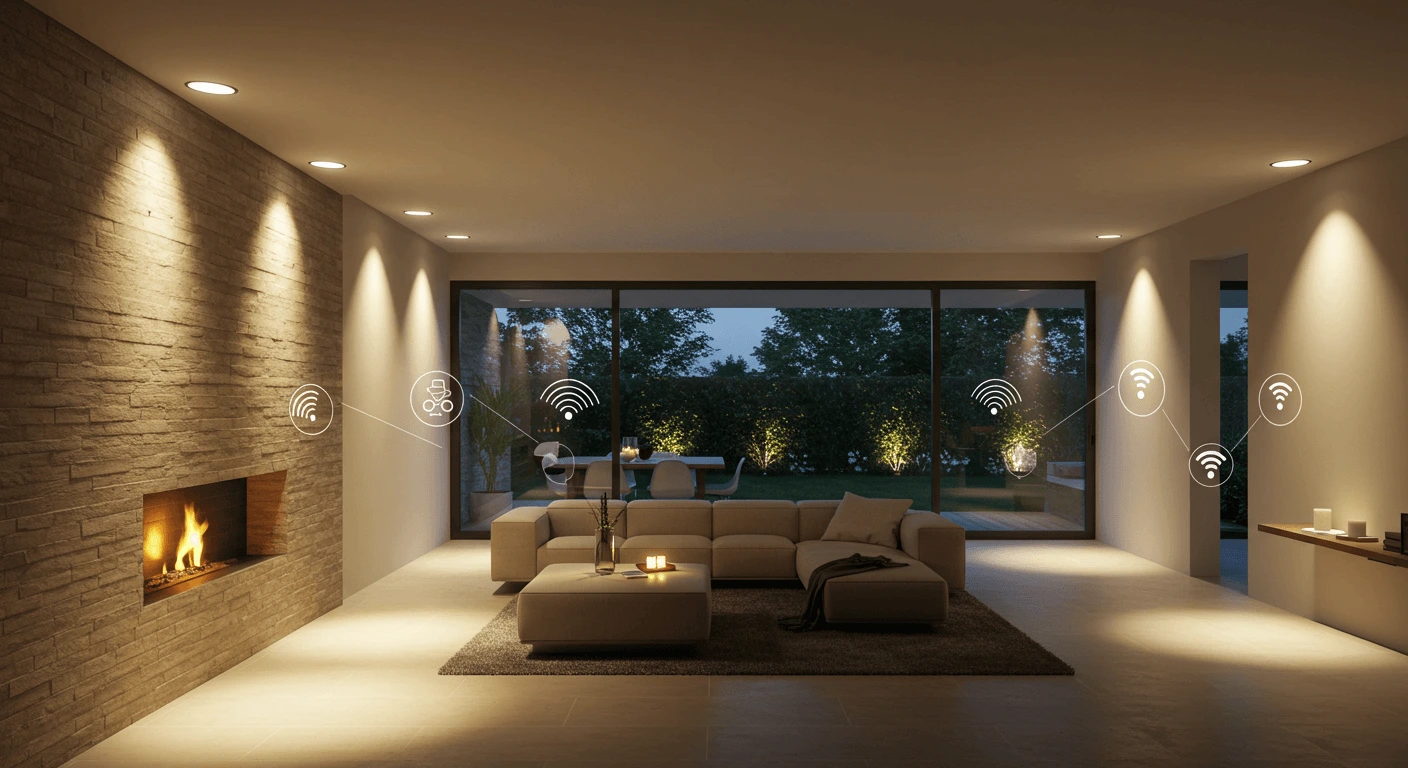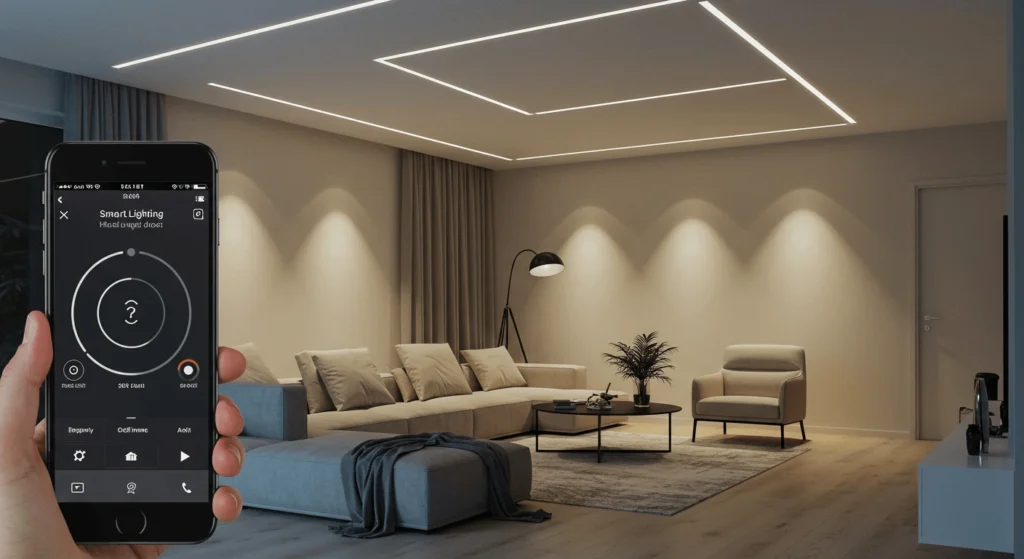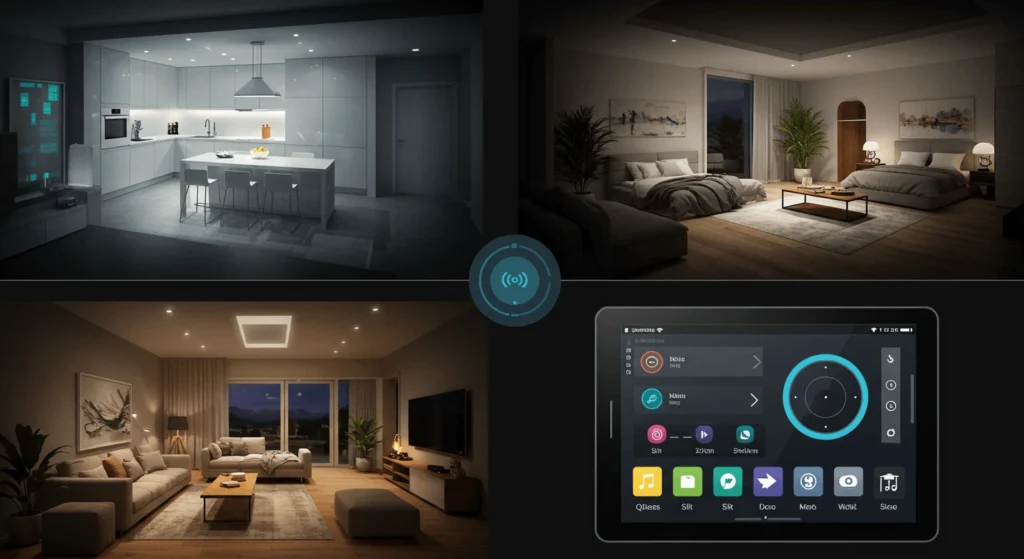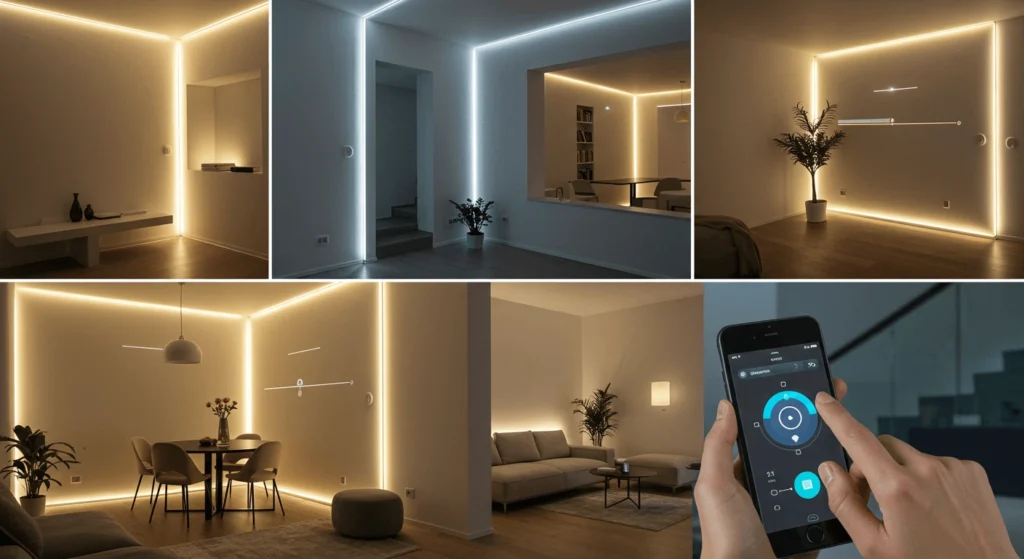Physical Address
304 North Cardinal St.
Dorchester Center, MA 02124
Physical Address
304 North Cardinal St.
Dorchester Center, MA 02124

Smart bulbs with switches have revolutionized home lighting, offering advanced features like remote control, color customization, and scheduling. However, their functionality heavily depends on how they interact with switches. Understanding how these bulbs fit into a smart lighting system is essential for creating a seamless and efficient experience. Whether you’re using traditional switches or upgrading to smart ones, optimizing your setup ensures that your home remains both convenient and energy-efficient.
In this guide, we’ll explore everything you need to know about using smart bulbs with switches in a connected home environment. From basic functionality to troubleshooting common issues, you’ll learn how to make the most of your lighting system. By the end, you’ll have a clear understanding of how to integrate smart bulbs and switches effectively for a smarter home.
Smart bulbs, such as Philips Hue, LIFX, and Wyze Bulbs, are lighting solutions that connect to your Wi-Fi or a smart home hub. They offer features like remote control via apps, voice commands through assistants like Alexa or Google Assistant, and the ability to change colors or brightness levels. For example, the Philips Hue White and Color Ambiance Bulb allows you to choose from millions of colors and set schedules for automatic lighting changes.
Unlike traditional incandescent or LED bulbs, smart bulbs require constant power to stay connected to your network. This means they need to remain powered on at all times to function properly. Regular bulbs, on the other hand, can be turned on and off without any issues. For instance, a LIFX Smart Bulb will lose its connection if the power is cut, while a regular bulb will simply turn off.
Switches control the flow of electricity to your bulbs. Traditional switches cut power completely when turned off, which can disrupt the functionality of smart bulbs. Smart switches, like the Lutron Caseta Smart Switch, provide constant power while still allowing you to control the lights manually or through an app. This ensures that your smart bulbs remain connected and functional.

Smart bulbs can technically work with regular switches, but there are limitations. When you turn off a regular switch, the bulb loses power and disconnects from your Wi-Fi or hub. For example, a Philips Hue Bulb will go offline if the switch is turned off, making it unresponsive to app or voice commands.
Using regular switches with smart bulbs can lead to several issues:
To avoid these challenges, consider the following solutions:
Add Smart Remotes: Use devices like the Philips Hue Dimmer Switch to control the bulb without touching the wall switch.
Leave the Switch On: Keep the switch in the “on” position and control the bulb through the app or voice commands.
Use Switch Guards: Install a BG Electrical Switch Guard to prevent accidental switching.

Smart switches, such as the Lutron Caseta Smart Switch, provide constant power to your smart bulbs while allowing manual control. This ensures that your bulbs remain connected and functional, even when the switch is turned off.
Not all smart bulbs are compatible with every smart switch. For example, Philips Hue Bulbs work best with the Hue Smart Switch, while LIFX Bulbs are designed to work with their own ecosystem. Always check the manufacturer’s guidelines to ensure compatibility.
Installing a smart switch is a straightforward process:

Keeping the switch on ensures that your smart bulb always has power. Control the bulb through apps like Google Home or Amazon Alexa for seamless operation.
Smart remotes, such as the Philips Hue Dimmer Switch, allow you to control your lights without touching the wall switch. This is especially useful in areas where you want to maintain smart functionality.
Set up routines to automate your lighting based on time, motion, or other triggers. For example, use IFTTT to create a routine that turns on your lights at sunset.
Smart bulbs stop working with switches primarily due to power loss. When the switch is turned off, the bulb loses power and disconnects from the network. Additionally, frequent switching can cause wear and tear, reducing the bulb’s lifespan.
To prevent switch overrides:
If your smart bulb isn’t working properly with a switch:
in conclusion Using smart bulbs with switches is a cornerstone of any Smart Home Smart Lighting system. By ensuring your smart bulbs with switches remain powered and connected, you can unlock the full potential of your Smart Home Smart Lighting setup. From leaving the switch on to prevent power loss, to upgrading to smart switches like the Lutron Caseta Smart Switch, there are numerous ways to optimize the performance of your Smart Home Smart Lighting.
Using smart bulbs with switches is a cornerstone of any Smart Home Smart Lighting system. By ensuring your smart bulbs with switches remain powered and connected, you can unlock the full potential of your Smart Home Smart Lighting setup. From leaving the switch on to prevent power loss, to upgrading to smart switches like the Lutron Caseta Smart Switch, there are numerous ways to optimize the performance of your Smart Home Smart Lighting
Using smart bulbs with switches is a cornerstone of any Smart Home Smart Lighting system. By ensuring your smart bulbs with switches remain powered and connected, you can unlock the full potential of your Smart Home Smart Lighting setup. From leaving the switch on to prevent power loss, to upgrading to smart switches like the Lutron Caseta Smart Switch, there are numerous ways to optimize the performance of your Smart Home Smart Lighting.
Additionally, using accessories like switch guards or smart remotes can help you avoid common issues such as accidental overrides or connectivity problems. These steps are essential for maintaining a reliable Smart Home Smart Lighting experience. If you encounter challenges, such as smart bulbs with switches not working properly, troubleshooting steps like resetting the bulb or verifying compatibility can often resolve the issue.
In conclusion, smart bulbs with switches are a vital component of any Smart Home Smart Lighting system. By following the tips and solutions outlined in this guide, you can ensure that your smart bulbs and switches work together harmoniously, providing you with a smarter, more connected home. Whether you’re automating your lighting or simply enjoying the convenience of voice control, Smart Home Smart Lighting is a game-changer for any household.